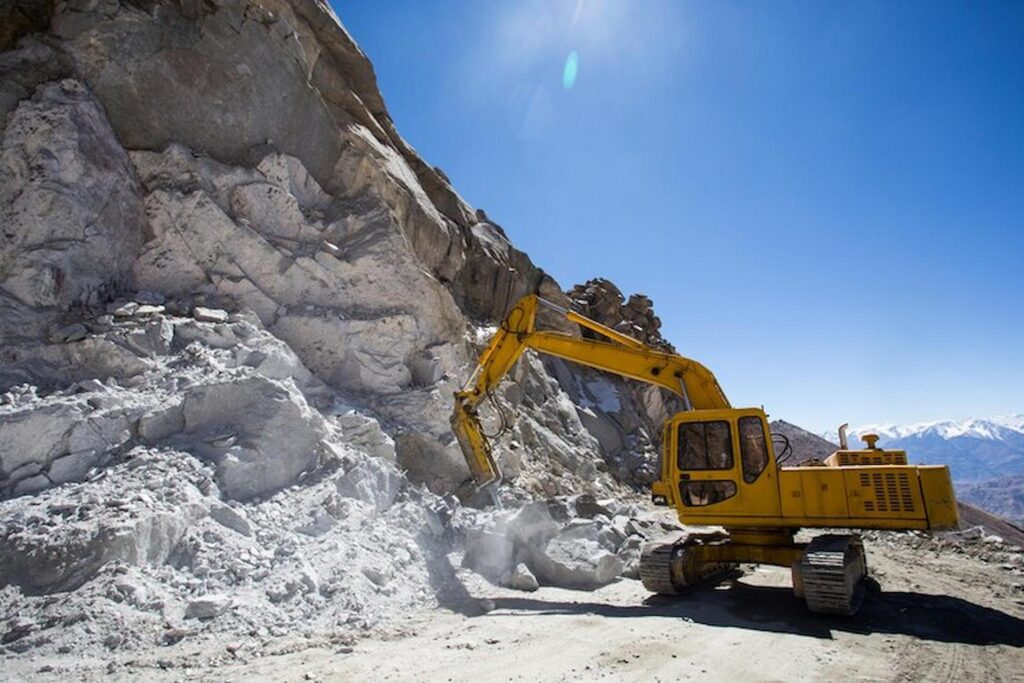Custom inflatables have become a go-to solution for eye-catching advertisements in recent years. These marketing marvels are impossible to miss, from giant balloons shaped like products to inflatable mascots dancing in front of stores. But as businesses increasingly turn to personalised inflatables to boost their visibility, it’s essential to consider the environmental impact of these promotional giants. The allure of personalised inflatables lies in their versatility and cost-effectiveness. They can be designed in any shape or size to fit a brand’s unique identity. Moreover, they are reusable, which seems like a win for sustainability. However, the materials and production processes involved can raise significant environmental concerns.
The Eco-Friendly Choices
The most common materials in custom inflatables are PVC (polyvinyl chloride) and nylon. While durable and flexible, these materials pose several environmental challenges. PVC, in particular, is notorious for its ecological footprint. Its production releases harmful chemicals that are not biodegradable, leading to long-term pollution issues.
Fortunately, there are greener alternatives available. Some companies are now producing inflatables from TPU (thermoplastic polyurethane), which is more environmentally friendly than PVC. TPU is recyclable, non-toxic, and does not release harmful chemicals during production or disposal. Choosing inflatables made from TPU can significantly reduce your advertising campaign’s environmental impact.
Furthermore, advances in biodegradable materials are promising. Innovations in bio-based plastics, made from renewable resources like cornstarch, offer hope for a future where inflatables can be effective and eco-friendly. These materials break down more quickly in the environment, reducing long-term waste.
Sustainable Production
The production process of custom inflatables also plays a critical role in their environmental impact. Traditional manufacturing methods can be resource-intensive, consuming significant amounts of water and energy. Additionally, using harmful chemicals in production can lead to air and water pollution.
Manufacturers committed to sustainability are adopting cleaner production techniques. For example, using water-based inks instead of solvent-based inks reduces the release of volatile organic compounds (VOCs) into the atmosphere. Implementing energy-efficient machinery and recycling waste materials within the factory can further minimise the environmental footprint.
Supporting companies prioritising sustainable production practices is a powerful way to encourage the industry to adopt greener methods. By asking the right questions and choosing environmentally responsible suppliers, businesses can drive demand for more eco-friendly custom inflatables.
The Longevity Factor
One of the advantages of custom inflatables is their reusability. A well-made inflatable can be used for multiple events over several years, reducing the need for frequent replacements. This longevity is crucial in minimising environmental impact, as it spreads the resource use and emissions associated with production over a more extended period.
However, the end-of-life stage for inflatables is often overlooked. Many inflatables end up in landfills once they are no longer usable, contributing to waste and pollution. To combat this, some manufacturers offer take-back programs, where old inflatables can be returned for recycling or repurposing. These programs ensure that inflatables do not simply become another piece of plastic waste.
Additionally, creative reuse of inflatables can extend their life. For instance, parts of an old inflatable can be repurposed into bags, cushions, or even smaller promotional items. Embracing a circular economy approach where materials are continually reused can significantly reduce the environmental impact of advertising inflatables.
The Power of Green Messaging
Using eco-friendly custom inflatables not only helps the environment but can also enhance your brand’s image. Consumers are increasingly aware of environmental issues and are drawn to companies committed to sustainability. By choosing environmentally friendly inflatables, you can showcase your brand’s dedication to protecting the planet.
Incorporating green messaging into your inflatable advertising campaign can amplify this effect. Highlighting your inflatables’ sustainable materials and practices can attract environmentally conscious consumers and differentiate your brand from competitors. This approach boosts your marketing efforts and educates the public on the importance of sustainability in advertising.
Moreover, partnering with environmental organisations and pledging your campaign’s proceeds to eco-friendly causes can further solidify your brand’s green credentials. Such initiatives resonate with today’s consumers, who value authenticity and corporate responsibility.
Conclusion
Custom inflatables offer a dynamic and engaging way to promote your brand, but balancing their marketing benefits with environmental responsibility is crucial. Businesses can minimise the ecological footprint of their inflatable advertising by choosing sustainable materials, supporting green production practices, and focusing on reuse and recycling. In the ever-evolving marketing landscape, staying ahead means not only capturing attention but also considering the broader impact of our choices. With the right approach, personalised inflatables can become a powerful tool for promoting your brand while safeguarding the planet for future generations.



